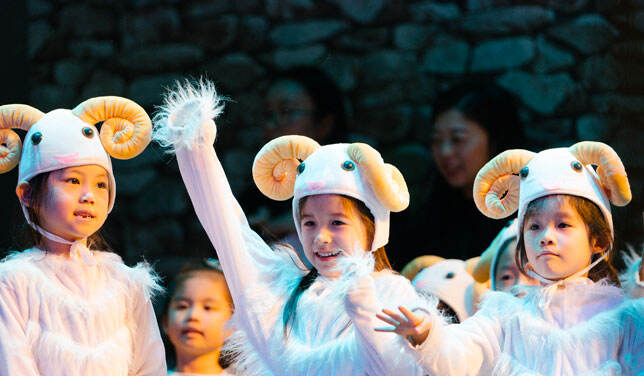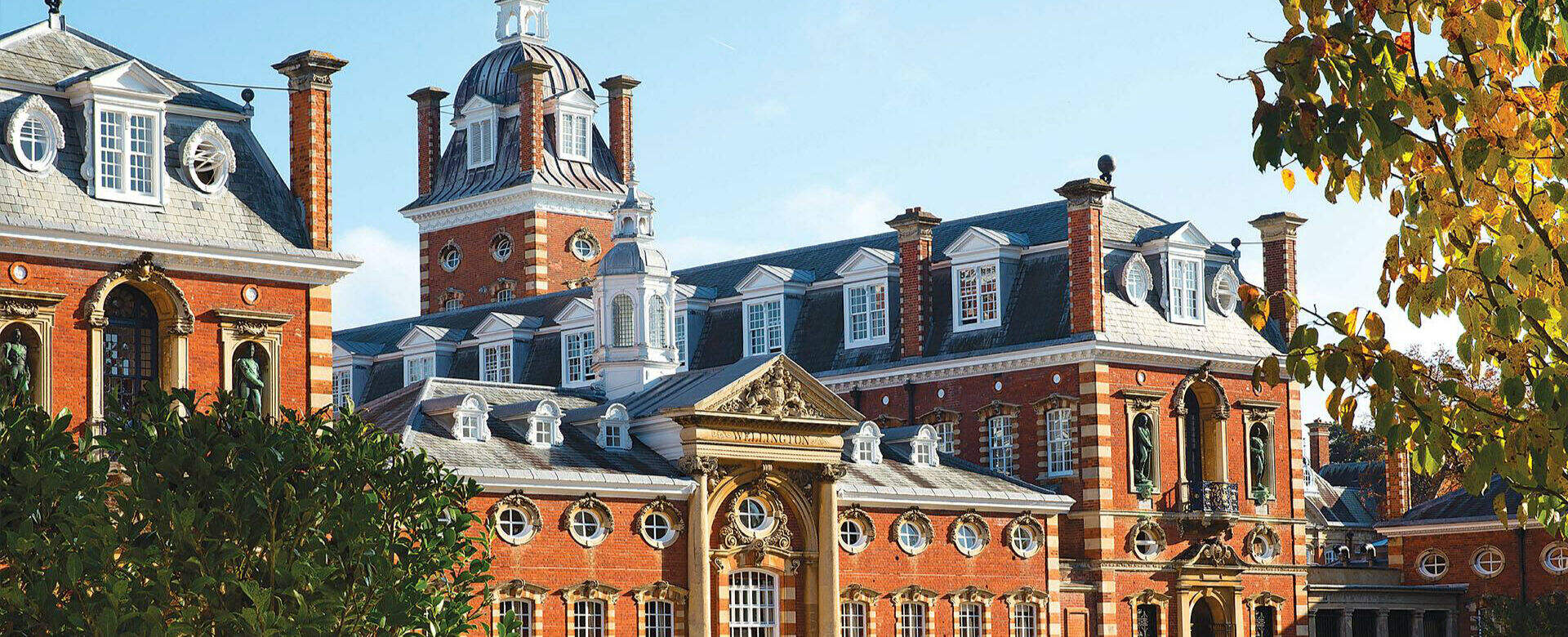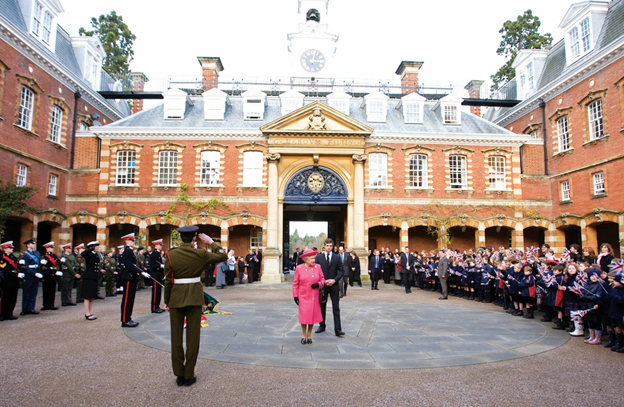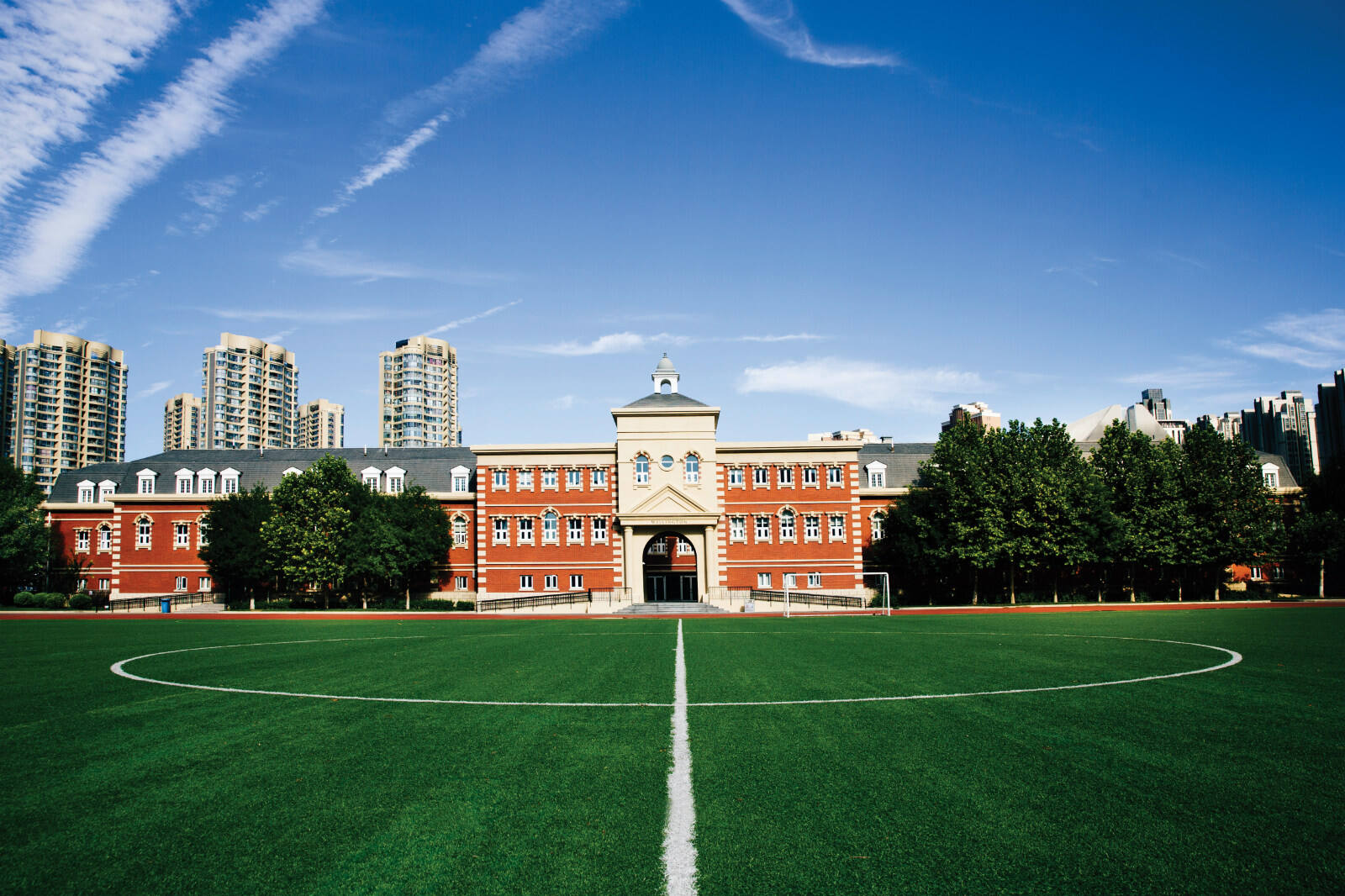Our Heritage
Our Founding School, Wellington College (Crowthorne, England) was the vision of Queen Victoria and Prince Albert. Granted its Royal Charter in December 1853, with Queen Victoria laying the foundation stone in 1856, the school opened in 1859 as a national monument to Arthur Wellesley, the first Duke of Wellington and one of the country’s most renowned military figures and statesmen. Its purpose was to provide an education to the children of soldiers who died in service. Today, Wellington College is a globally acknowledged, leading British co-educational boarding and day school providing a world-class holistic education within an inclusive community.
A Global Network of Schools
Wellington College Education (WCE) is the global educational network of Wellington College, united by a common purpose: pioneering education to serve and help shape a better world. WCE encompasses ten co-educational schools, serving approximately 10,000 students across the UK, China, India, Thailand and soon the US, Indonesia. Through this extensive network, WCE expands educational opportunities and fosters cultural connections through leadership, innovation and international collaboration that empowers young minds. In addition, WCE organises Festivals of Education in the UK, China, Thailand and the US.
The Wellington College Education (China) Family of Schools
In partnership with Wellington College, the Wellington College Education (China) (WCEC) group opened its inaugural British international school in China, Wellington College International Tianjin, in 2011. The group expanded further in China with the addition of Wellington College International Shanghai in 2014 and the bilingual Hiba Academy Shanghai in 2018. That same year also saw the opening of Hiba Academy Hangzhou and Wellington College International Hangzhou. Most recently, in 2022, it launched its flagship bilingual boarding school, Hiba Academy Nantong. The group continues to flourish as it takes its bicultural education model overseas with Hiba Academy Bay Area, which is set to open in Fall 2026 in San Francisco, US.



















